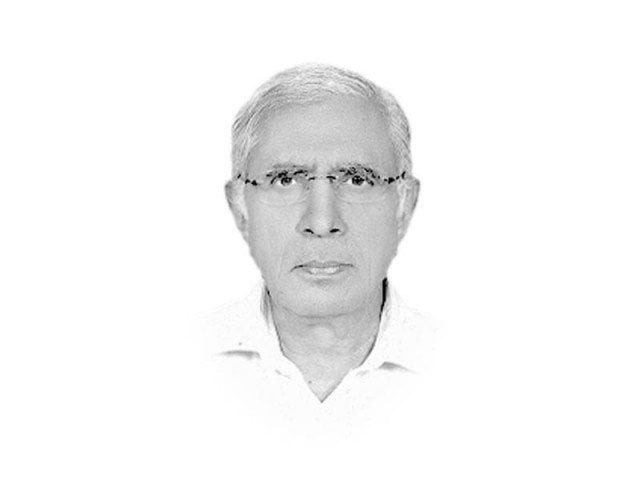The wrong economic model
The economic model that we have been using all these 71 years has failed to deliver

The writer served as executive editor of The Express Tribune from 2009 to 2014
This economic model has served to expand the size of Pakistan’s economy to about $300 billion in the seven decades that it had been put to use. But it is too small an economic size compared to the size of its population. In this context even an annual average growth rate of 7 to 8 per cent remains meaningless in view of its gigantic lags in terms of physical and social infrastructure, stagnating export volume and ever-higher volumes of its imports.
Pakistan’s economy needs to grow at an annual average rate of at least 10 per cent of the GDP over the next 10 to 15 years to be able to lift the teeming millions from below the poverty line and generate enough jobs to absorb its ever-expanding youth bulge in gainful employment, provide to the majority of its population affordable educational facilities, health cover, public transport, telecommunication facilities and housing. But in order to grow at this rate, the economy would need investment to the tune of at least 35-40 per cent of the GDP at an annual average for the next 10 to 15 years.
However, our current rate of savings has been stagnating at around 12-14 per cent of the GDP for the last several years. The gap of almost about 25-30 per cent between the required rate of investment and the existing rate of saving could be filled with borrowed resources and FDI. Borrowing is not bad as long as the borrowed resources are invested in economically and socially-profitable avenues.
But over the years, resources from this source, especially the concessional ones, have come down to no more than a trickle because our traditional lenders now feel that it would be unfair to their own taxpayers to keep pumping their hard-earned resources into a country which has shown no willingness to tax the incomes of its own citizens.
But most of the revenues collected domestically are through indirect taxes which are regressive in practice and a big chunk of direct taxation is collected through what is known as withholding taxes which again amounts to no more than a minuscule residual of huge settlements made through black cash in most of the major transactions.
The biggest source of black economy which has reached almost the size of the white economy is the exemption allowed to incomes from agriculture. Today, most big businesses own huge land-holdings in barren regions. On books they show the profits earned from their other businesses as income from agriculture and declare losses from the former. Most of the professionals like doctors, engineers, lawyers, high-end educational institutions, hospitals, etc, share their taxes in three ways keeping a large part of the amount in their own private lockers, distributing the remaining balance between the tax collector (bribe) and the treasury (under-declaration).
The sooner we discard this model of economy the better it would be for Pakistan. In its place we could develop a new model based on our strategic geographical location. Its location makes Pakistan an ideal country to adopt the warehouse/transshipment economic model. So, in order to make the most of the opportunity offered by the China-Pakistan Economic Corridor we need to let India trade with Afghanistan via Pakistani land, facilitating Delhi to go beyond to Central Asia and also reach western China while China could access western India through this corridor which would also hopefully open up a trade window to the landlocked India-Occupied Kashmir. Pakistan stands to rack up billions only in toll tax itself when these corridors become fully functional. The warehousing and value-addition activities en route the corridors from exporting to importing destinations and back would earn Pakistan more than enough to graduate into upper middle-income group of countries in a matter of a decade.
Published in The Express Tribune, August 11th, 2018.
Like Opinion & Editorial on Facebook, follow @ETOpEd on Twitter to receive all updates on all our daily pieces.














COMMENTS
Comments are moderated and generally will be posted if they are on-topic and not abusive.
For more information, please see our Comments FAQ